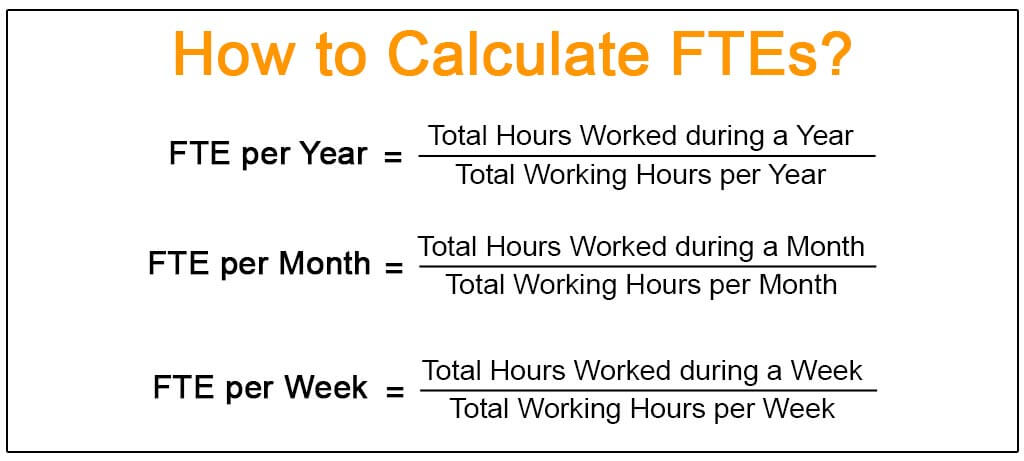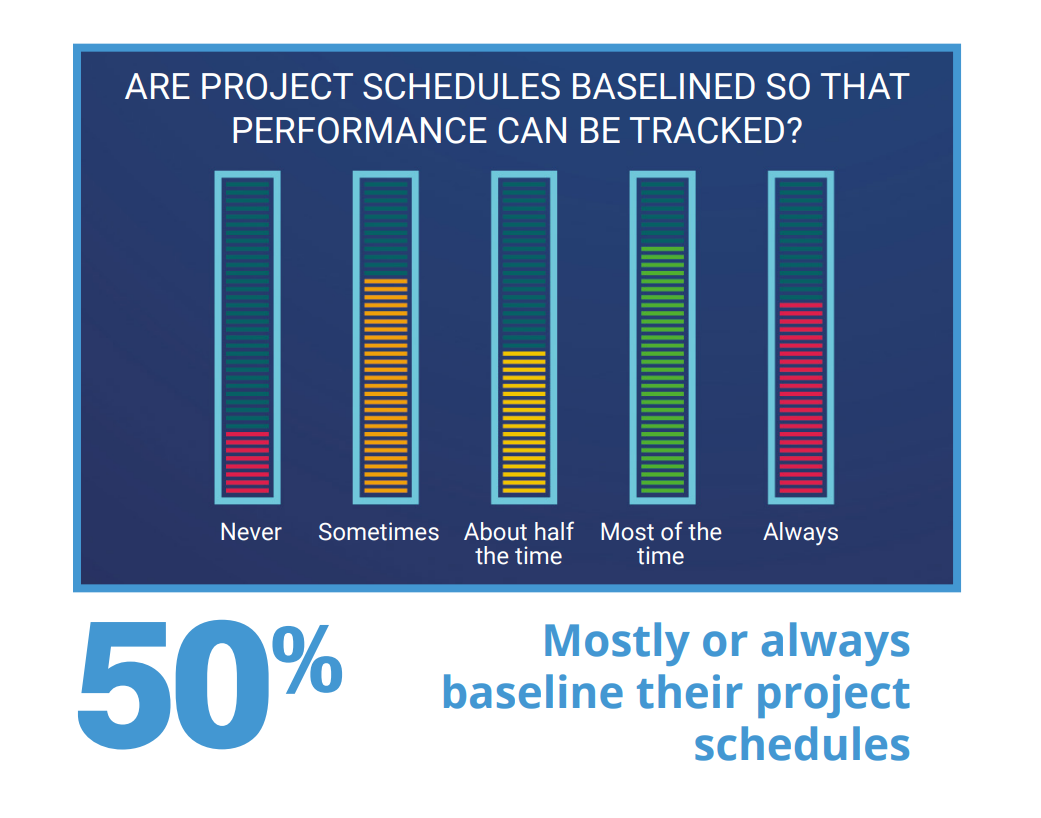
Wondering what full-time equivalent (FTE) is? You’ve come to the right place.
Any company hiring employees either on a full-time basis or part-time needs to get its money’s worth.
FTE is one of the methods companies may use to determine the extent of workload on an employee. It helps managers assess the employee’s workload and as an extension on the entire team and company.
The usage of FTE has many angles, but it rounds up to accounting and wage determination aspects. Besides this, calculating the FTE is also relevant from the perspective of predicting the future workload a company can take and help with its effective management.
So, let’s take a detailed look into FTE.
Let’s begin.
Covering the Basics: What Is Full-Time Equivalent?
Full-time equivalent (FTE) helps you identify the number of part-time and full-time employees that make up your workforce in terms of full-time employees.
For instance, two part-time employees can be equivalent to a single full-time employee. It aids firms in forecasting workforce demands when employing new employees.
Plus, it’s a system you might need for tax-based credit transactions and ACA (Affordable Care Act) compliance. The concept of FTE is often used by companies and educational institutions to assess the work and effort put in by the students or employees.
Companies use this method to convert work done by part-time employees into the effective equivalent of work done by full-time employees.
Note that the FTE calculations are more about the number of hours worked rather than the employees. To put it simply, you can have four employees working part-time for 10 hours in a week, and their per day FTE will be equivalent to one, which is the standard.
Didn’t understand it?
Well, let’s try to expand the last part. The standard FTE is 2080 hours in a year. This comes from the fact that a company, under regulation, must ask its employees to work for 8 hours in a day, 40 hours in a week, which comes out to be 2080 hours in a year.

This does not account for the holidays, paid leaves, and other variables. These are purely the number of hours an employee is supposed to work for a company in a year.
From the example above, let’s say you have four part-time employees working to generate leads for your business, and they each put in 2 hours of work every day. This comes out to be 8 hours a day, which gives you the value of one FTE.
So, the company can then figure out the number of employees needed in the firm according to the hours required for a particular project. To get an equivalent amount of work done as one FTE, the managers can hire the right mix of employees.
Got some clarity now?
Well, that was all about what FTE is and how it is used in an organization. Now for the next part, let’s learn why any company must use the FTE method.
Why Is Full-Time Equivalent Important for Your Organization?
Implementing the FTE method in the company has scores of benefits.
While companies are looking to skyrocket their sales, the FTE method can help accomplish the sales objective. This is done by helping improve performance and managing accounts plus budget.
1. Assigning employees to departments
Businesses use FTEs to deploy personnel across departments based on budgetary constraints. Allocations are also driven by management, based on the type and level of work required in each department.
For instance, in the example above, we talked about a team of part-time workers who work for lead generation. Now, these employees may be divided into multiple teams as well. Some might be working on your lead gen software while others might be creating landing pages and forms.
This is where FTE can be handy as you can determine the number of full-time workers needed for a particular task and accordingly assign positions to employees.
This way, human resources and management can collaborate to identify which positions should be full-time and which should be part-time, usually based on job descriptions.
Depending on the regulations and policies that the organization must follow, classifying positions in one manner or another may provide a financial advantage.
Usually, one full-time equivalent (FTE) is equal to one job opening, but that is not the case every time. Part-time employees sharing a job can add up to one FTE, yet some tasks don’t require a full-time employee.
2. Project management and allocation
Companies take up projects based on their workforce and their capability to handle further projects.
Moreover, the number of projects one employee can manage varies from company to company and even on the scale of projects.
For instance, in the case of a marketing agency, one employee can work on multiple projects at once because every project may not require a full 8 hours of work. However, the same can’t be said for a developer working on app development.
To ensure higher productivity, you can identify the project requirements and estimate the number of FTEs required. Accordingly, you can manage your projects and allocate them to your employees.
Additionally, to track the time taken by the employees to work on the project, you can use time management solutions like actiTIME.
Calculating the FTE can help you identify the bandwidth and match it against future demand.
What’s more?
Most organizations also baseline their project schedules so that they can track their performance and FTEs can help with this as well.

3. Budget prediction, management, and allocation
We have already talked about the accounting aspects of the FTE method a couple of times sparsely in the above sections. But to understand it better, here’s a detailed description.
Every employee has a cost to the company (CTC), which differs according to the designation, role, and experience. More experienced employees are expected to provide more work in less time relative to less experienced ones.
So, for effective project management, every company needs to identify the required number of employees while considering their ability to work.
Using the FTE method, hiring managers will better understand the type of employees they need to hire while staying within the budget constraints. And once the employee is on board and inducted, the same method can help allocate the projects according to their bandwidth. With this, any company can adjust its hiring process and predict the budget based on how much work is required and how much can be delivered.
4. Identifying role-based capacity
As an extension to the previous point, any company which knows what FTE is and how it can be calculated can leverage this method for role-based allocation.
For instance, a call center can find out how many calls an average caller can take in eight hours. Depending on the answer, they can identify the number of calls a part-time caller can take and how many a full-time caller can take. This can help call centers narrow down their phone service requirements and plan their outsourcing options based on budget.
Which Types of Organizations Must Use Full-Time Equivalent?
FTE is a smart solution to help companies determine the amount of human capital they require for their projects. While it’s an important method, some companies will benefit from it more than others.
Companies with long-term projects like construction firms or software or app development agencies, engineering firms, etc., need to use the FTE system. The purpose is to reduce guesstimation and work with precise numbers and employees.
Using the FTE method makes these companies more capable, knowledgeable, and efficient in hiring employees or outsourcing their work.
With the FTE estimation, companies can unify their human capital and build an accurate project and time management plan while ensuring that the work is completed on time.
Conclusion
FTE helps companies figure out the total number of hours an employee puts in every day. They can use the information to identify the costs incurred by the company to complete a project and decide the configuration of employees ideally required for delivering the work on time.
It’s a smart way to manage time, projects, budgets, and human resources in the organization to enhance productivity.
So, what are you waiting for? Get started with FTE now.




















































